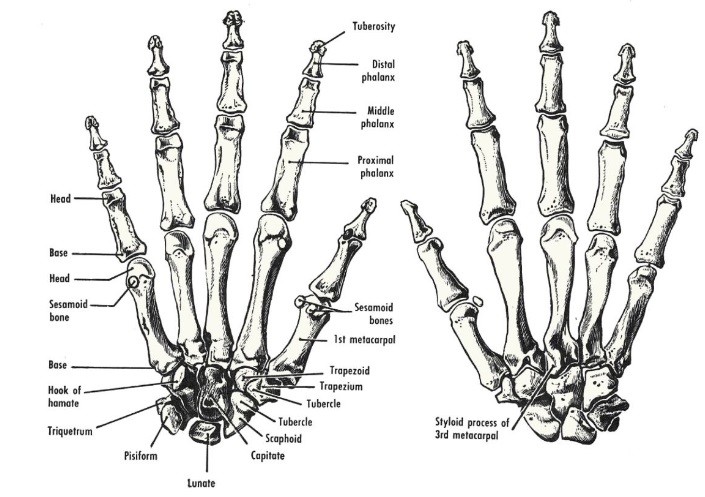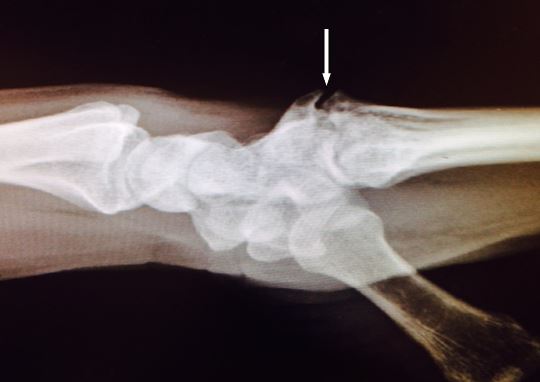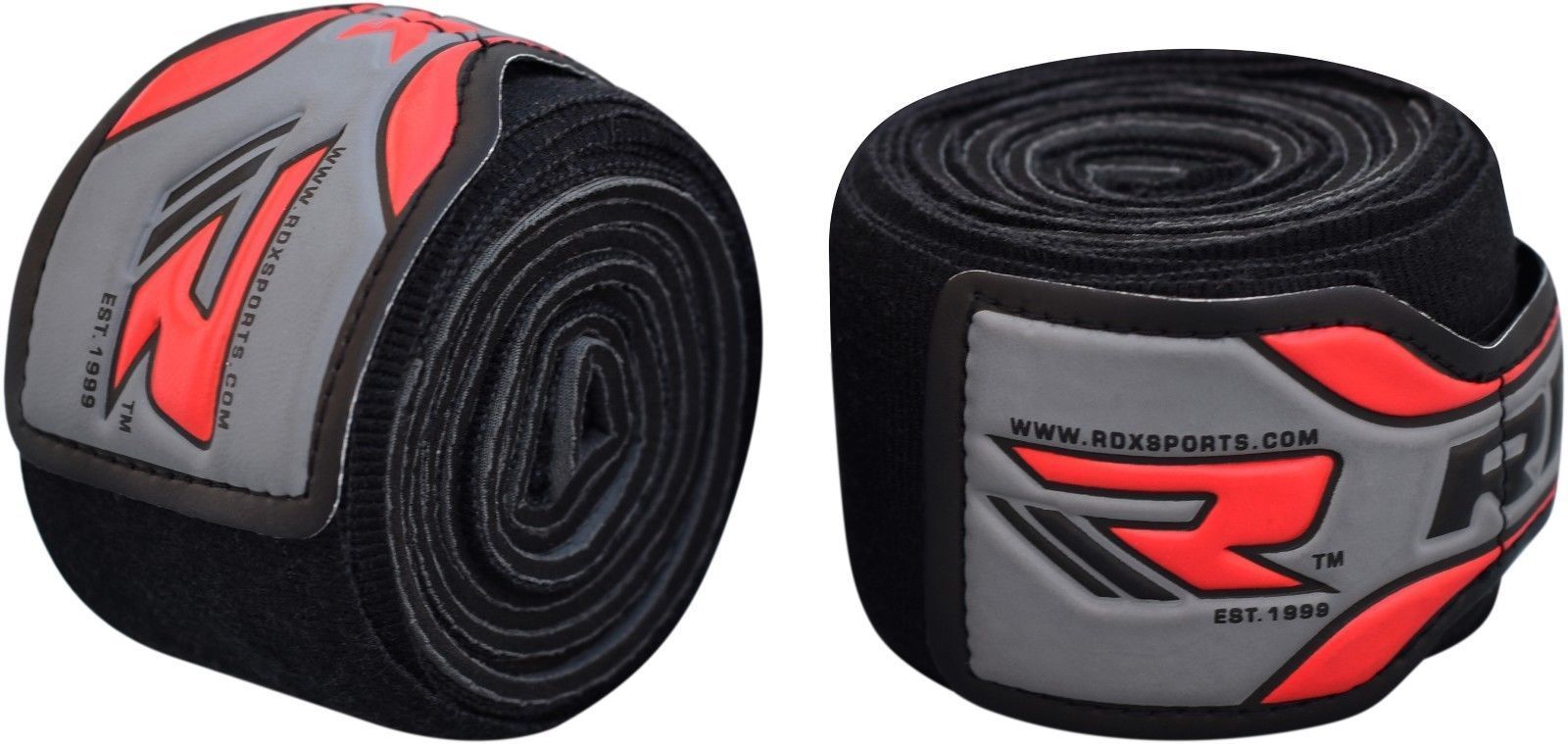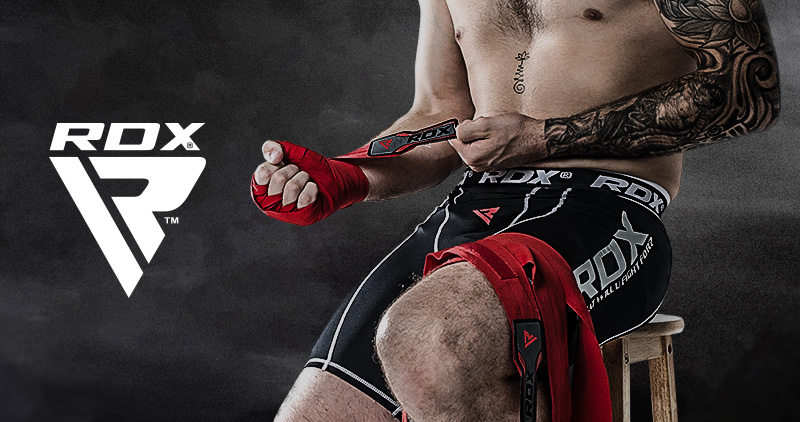We’re introducing a series to help improve your boxing fundamentals and its basics all the way to the more complex pro level stuff. The previous article explained the basics of a boxing stance. Today’s lesson is all about the Hand Wrap.
But before you start, you’ll need to understand and go through the preliminary processes to get a better understanding of the later ones. This will require a step-by-step build-up from the pros of the industry themselves.
So let’s begin with the boxing lesson.
LESSON NO.1 – DON’T BREAK YOUR HAND
“Since boxing is all about the hands, I’ll just throw my fists” – WRONG.
Before you learn how to throw a fist, you need to understand ITS VERY EASY TO BREAK YOUR HAND.
Therefore, to throw a fist – learn more about the hand.
Hand Anatomy
- Know your Hand
The skeletal anatomy of a hand is made of 27 tiny bones that are formed to produce the most articulation of the hand in any mammal, ever. All the bones are important but we will focus on the ones that absorb impact.
It consists of five metacarpal bones of the hand. The four fingers each consist of three phalanx bones:
- proximal,
- middle,
- and distal.
The thumb only consists of a proximal and distal phalanx.

Together with the phalanges of the fingers and thumb, these metacarpal bones form the five extensions known as your fingers [and thumb]. Everything in between is small joints and flexors combined with tissue and muscle to keep it together.
Now imagine this.
Every time you pound a bag or punch something hard, your hand WILL absorb the resistance impact. The entire 27 tiny bones of the hand take the hit, compressing the flexors, bringing each intricate bone closer to one another with each punch. Bending, squeezing and condensing the hand’s integrity as if you were minimally squashing your hand between your wrist, and the targeted object.
This can cause friction between the hand’s anatomy, and if your ‘form’ is not right, o boy, you’re in for some pain. In the case of a bad form, the aggressively charged molecules are not well absorbed by the skeletal system and may result in an instant injury to the wrist or the metacarpals.
- Your Hand Feels Pain
The hand contains some of the densest nerve endings within its fingers that sends back sensory or tactile feedback to the brain to help you process the ‘feelings’ and categorize it for a response.
Meaning – if you dip your hand in hot water, the nerves will send feedback to the brain telling it that it should feel ‘pain’ and ‘withdraw’.
All this is done to maximize survival, and that means avoiding painful or compromising situations. In this, training requires you to pound bags, pads, and if you’re lucky, faces and bodies.
In all these cases you’re punching something hard. The resulting aches, pains, and soreness may deter you from punching at all.
Now that you know what your hands are all about, it’s time to learn how to protect them.
Hand Wrap
If you’ve been into combat sports, you must’ve watched movies or played video games in the past where fighter’s hands are usually bandaged.
- They look really cool
- In case you haven’t realized by now, they’re not meant for ‘aesthetics’ and are as functional as they get.
What are they REALLY for?
Hand wraps are an imperative part of any combat sport that involves the fists. If you’re a pugilist, your bread and butter are your hands. That being said you’ll need to maintain and ensure they stay healthy and intact.
As explained earlier the hand compresses violently and for a short period of time, but the impact is usually so strong that the image of an ‘implosion’ followed by aggressively charged impacted molecules traveling through the hand’s anatomy comes to mind.
Wrapping the hands keeps the entire fist and its integrity compact, secure and well held together, so when you throw your fists it doesn’t involve too much inner-hand compression. The point of contact, the knuckles are very easy to push down [pushing down the metacarpal along with it], and that can result in some god awful pain and in some cases perma-damage. With a hand wrap, all the bones in the hand that have a chance of moving out of place are ‘held down’ in place to keep it from adjusting out of place post-impact.
The hand, as mentioned above also has one of the densest collection of nerve endings, hence, touching and feeling are amplified in the hands. With a hand wrap, you don’t have to worry about annoying pains like skin scrapes, cuts, lacerations or abrasions etc.
Common hand injuries
Boxer’s Fracture
The most common of boxer injuries is the ‘Boxer’s Fracture’, a break in the hand at the “neck” right under the knuckle of either the 4th or 5th metacarpal. This usually happens to the first two knuckles in the case of punching extremely hard inanimate objects. This injury also happens to occur in about 20{317a7769e272dec17b69bda26c6a5a4c5e6799efcd8a85f72cb552b76862c2b9} of the time.
Symptoms include:
- Swelling of the hand and instant pain
- Tenderized are of the hand to the touch
- Bad finger mobility

You want to avoid this at all costs. A boxer’s fracture is the most common type of hand injury when it comes to the sport
Carpal Bossing
A prominent swelling caused normally by arthritic impulses of the body to encourage the growth of new bones on the back of the junction of the long finger bones and small wrist bones. This can happen from punching without a hand wrap or if your wrists are unsupported.

Types of Hand Wrap
You have your traditional hand wrap. Usually made out of cotton and they measure at about 160 to 180 inches depending on how big your hands are.

Or a blend of neoprene and cotton.
Some are even elastic, and semi elastic.
Heck, there’s a hand wrap, or inner glove, for those looking for convenience, or are just downright lazy.
Gauze – is used for competition, so the chances of you coming in contact with them anytime soon is slim.
How to apply hand wrap
While there’re a few different ways to do a hand wrap. We’ll stick to the very conventional and basic style of wrapping it.
- Feed thumb through loop
- Bring the wrap behind the thumb over the wrist [not under]. Wrap once over the bone
- Wrap the wrist once or twice more to cover or support the wrist more
- Bring hand wrap diagonally towards [or over] the pinky, and wrap underneath the knuckle
- On the second wrap of the knuckle back down to where you started [where the wrist bone is]
- Once under the wrist, wrap the thumb by going between it, and wrapping over it to cover the thumb joint
- Wrap around the wrist again and go up diagonally toward and between the pinky and ground ‘around the pinky’. This direction keeps the hand from cramping up
- Bring the wrap back over the top of your knuckles and down to your wrists
- Wrap the wrist one more time and bring the wrap diagonally between the index and middle finger and wrap it around the index [on the outside to cover the knuckle]
- Bring the wrap diagonally to the wrist and around it back up between the middle and ring finger
- From here go back to the pinky and wrap around the knuckle one more time for extra protection
- Bring the hand wrap back toward the wrist
- You can choose to wrap the wrist one more time after this for added wrist stability
- With the remaining wrap, you can bring it diagonally around your hand to form an X
- Wrap the remaining around your arm and you should be set
Common Hand Wrap Mistakes
Wrapping too tightly – if your hands are feeling numb, looking blue, or just ‘off’, that means the wrap is too tight for optimum blood circulation.
Not Wrapping tight enough – defeats the purpose – at best, this will only keep you from scrapes
Wrap around the thumb – the thumb is the easiest to break in the hand, hence make sure you’re supporting it
Wrapping the wrong side down – will end up with the Velcro being the wrong side up
Supporting the wrist– your wrists are just as important as the rest of your hands.
Not making a fist during the wrapping process – making a fist or straightening your hand while wrapping ensures a proper fit.






1 Comment
its great that one can always expect you guys to share advice from personal experience. thanks for this very informative piece. very interesting details you have observed.